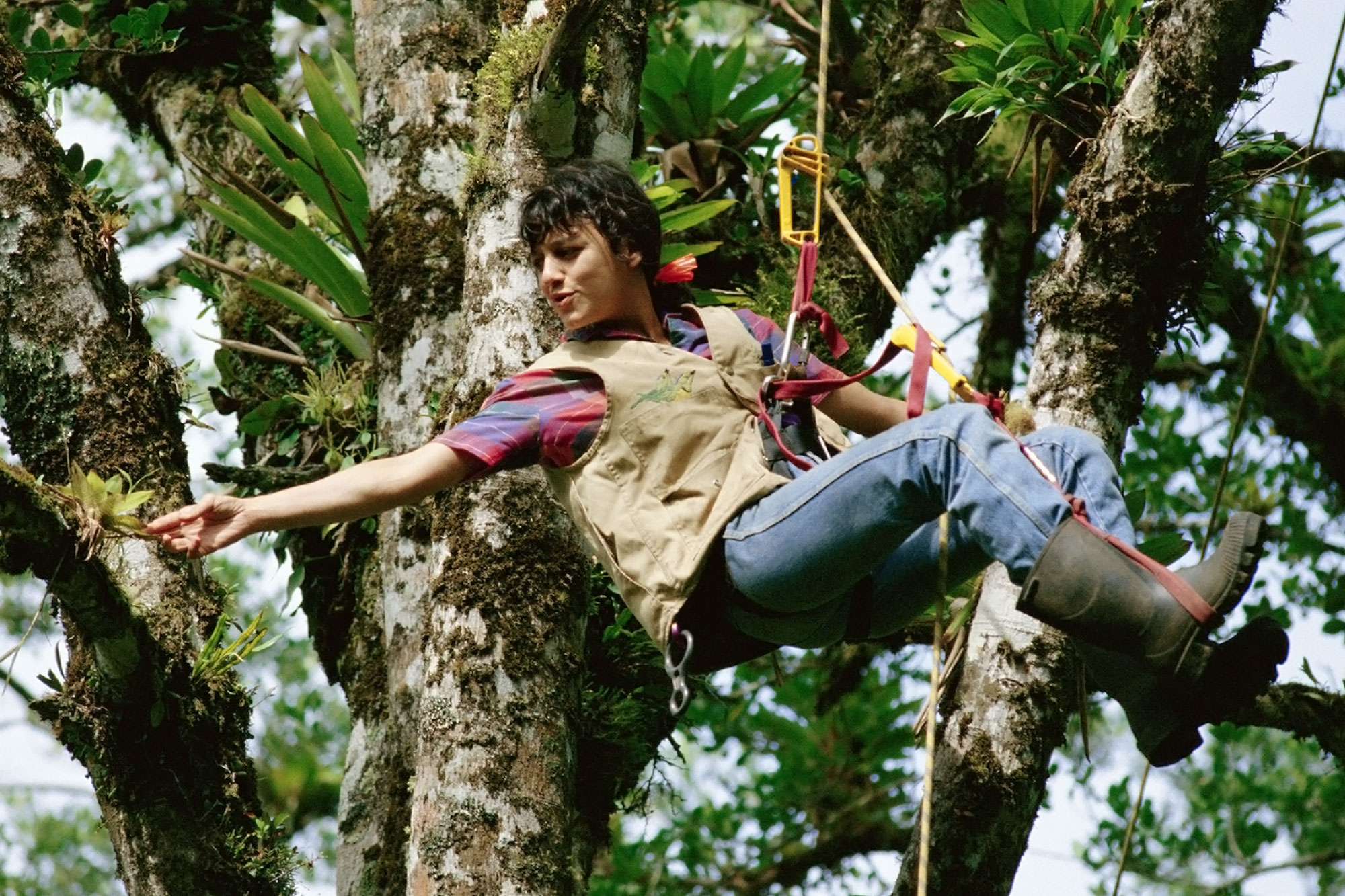
WHAT THE INSPIRATION FOR ‘TREETOP BARBIE’ THOUGHT OF THE ‘BARBIE’ MOVIE
The canopy scientist (a.k.a. “TreeTop Barbie”) and emerita professor of biology at the University of Utah talks about her unusual connection to the iconic doll.
Nalini Nadkarni, professor emerita of biology at the University of Utah, recently took a trip to the Pacific Northwest — a combined trip for research, visiting friends and making her annual solo backpacking adventure.
There was one more item on Nadkarni’s agenda: Seeing “Barbie,” the hit movie by director Greta Gerwig, based on the long-popular Mattel doll.
“Generally, I felt that it provoked reflections on how we see ourselves and each other; how difficult (perhaps impossible!) it is to define ourselves; and the importance of providing models and choices about our future, without encumbering them with expectations,” Nadkarni wrote in an email. “I felt that many of these messages were presented in the film – not always neatly and coherently, but then, defining oneself is never neat or coherent.”
For Nadkarni, a pioneer in the field of studying the canopies of forests, the connection to a 12-inch plastic figure may not be obvious. It helps to know that when the “Barbie” movie marketing says “she’s everything,” Nadkarni is one of the people who helped make that literally true.
Two decades ago, Nadkarni proposed to Mattel that they create “Treetop Barbie” — a doll with the job of a canopy scientist, a relatively new field at the time. Like Nadkarni, this Barbie would be equipped with the tools necessary to research in the highest part of the forests.
Two decades ago, Nadkarni proposed to Mattel that they create “Treetop Barbie” — a doll with the job of a canopy scientist, a relatively new field at the time. Like Nadkarni, this Barbie would be equipped with the tools necessary to research in the highest part of the forests.

